Weird Science: Can A Dead Brain Think?

Introduction
Today I read possibly one of the most bizarre, controversial and in some respects gruesome neuroscience papers I have ever read.
The name of the paper is:
This is not surprising as one of the authors, Michael Persinger, is most famous for his work on the "God Helmet" and is not a stranger to controversy.
Although he is an accomplished scientist and does some fascinating work he does seem to have some beliefs which would be considered to be on the fringes of science.
The paper itself is quite a long (26 pages) and involved effort to read.
There is a lot of experimental methodology that I am unfamiliar with so I will apologise in advance if I misunderstand anything here.
In view of this I would also love to hear the opinions of other clinicians and scientists to help with determining it's validity.
It is open access and you can get it here.
The paper is basically looking at whether preserved brain specimens can respond in a life like way.
Putting it another way - are they truly dead?
Samples
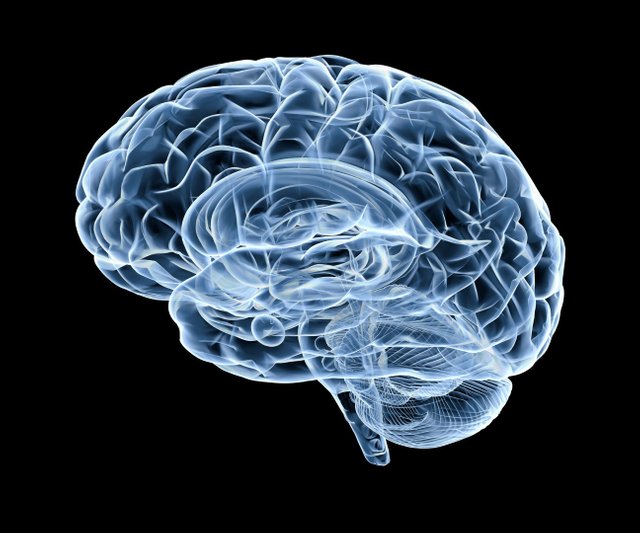
Persinger and his colleagues took 7 sections of [dead] human brain tissue which had been preserved using a fixing agent.
These are samples which had been collected over the last 20 years from people who had donated their brains to science.
NB In fields such as histology and pathology, fixing is the process of preserving cells and tissues against decay. This allows them to be studied indefinitely without deterioration.
The fixing agent in this case is EFA (ethanol-formalin-acetic acid).
Method
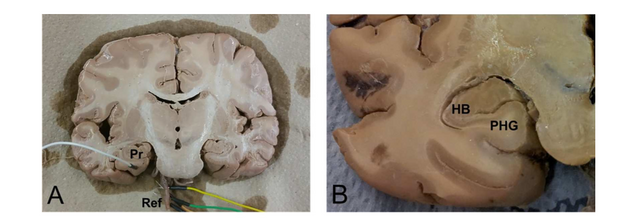
Basic Setup
They used 7 sections of brain (see diagram) and hooked them up to measure electrical activity (EEG) using directly implanted wires and photonic activity using a photomultiplier tube (in a dark room).
The research concentrated on looking at activity at and around the hippocampus (a part of the brain associated with memory formation and storage).
They injected the sections with several different neurotransmitters/substances and stimulated them using a simulated auditory (sound converted to current) signal whilst measuring the responses.

The Substances Injected Were:
- Glutamate - a neurotransmitter.
- 5-HTP - a neurotransmitter.
- Nicotine - a stimulant drug.
- Ketamine - a drug which blocks a type of glutamate receptor.
- Water - I hope you know what this is.
Injections of water were used as a control [sham condition] to compare results against.
"A 1 mL aliquot [portion] of the solution was injected on to the surface of coronal slices at the parahippocampal- hippocampal interface. The point of injection was therefore crudely distributed over both regions of interest."
"Therefore, upon injection of the compound, any changes in microvolt fluctuations observed within either the parahippocampal gyrus [a ridge like protrusion] or hippocampal body was not necessarily due to stimulation of the probed area alone. Instead, adjacent regions, whose efferent [outgoing] and afferent [incoming] connections likely contributed to local activity, should be considered as potential sources of any differences in addition to the probed area."
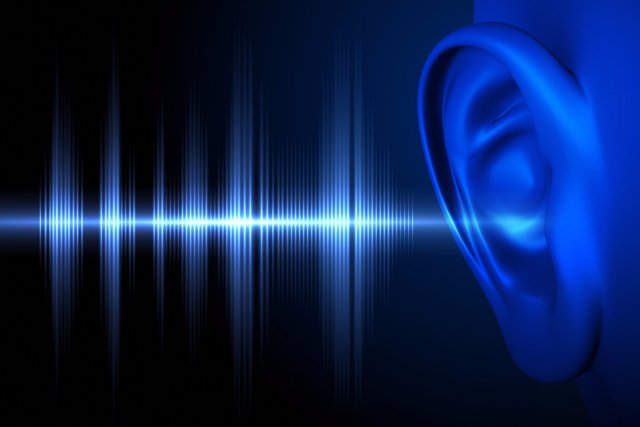
Auditory Stimulus
An electrical stimulus was also used to stimulate an area called Heschl's gyrus in effect replicating a living brain hearing sounds.
Since the sections don't have ears the experimenters used an electrical signal equivalent to the transmission of the sounds within the brain.
"Square and sine wave-forms were generated using Audacity’s (2.0.5) tone-generating tool.
"Each signal consisted of 30 seconds of a square or sine wave with an associated frequency of 20 Hz, 100 Hz, 500 Hz, 1 kHz, 2 kHz, 5 kHz, 10 kHz, 12 kHz, 15 kHz, or 20 kHz. We selected the 20 Hz– 20 kHz range to reflect the operating range of the human auditory pathways."
"A coaxial cable coupled to an electronic breadboard jumper cable by an alligator clip served as a stimulating probe which was inserted into the tissue."
Results
The paper is very long and hard to follow so I will try to summarise as best as I can (and within my understanding) what the authors are saying.
Injecting solutions of each different substance seemed to have some effect in terms of increasing the measured electrical activity in the brain sections.
The effect was small but significant.
Further the effect seemed to be dependent on the dose or concentration of the substance used.
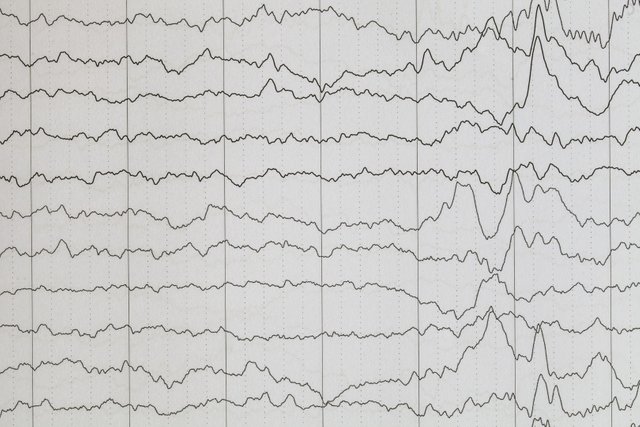
There were various different wave types that increased, depending on the substance being applied.
For example 5-HTP increased theta wave activity in the right hippocampus when compared with plain water. A similar effect occurred with Nicotine. Glutamate injections increased primarily delta activity.
Injections of Ketamine which blocks a type of glutamate receptor seemed to reduce the effect.
The experimenters also measured an increase in photonic emissions (in a darkened environment) after use of glutamate.
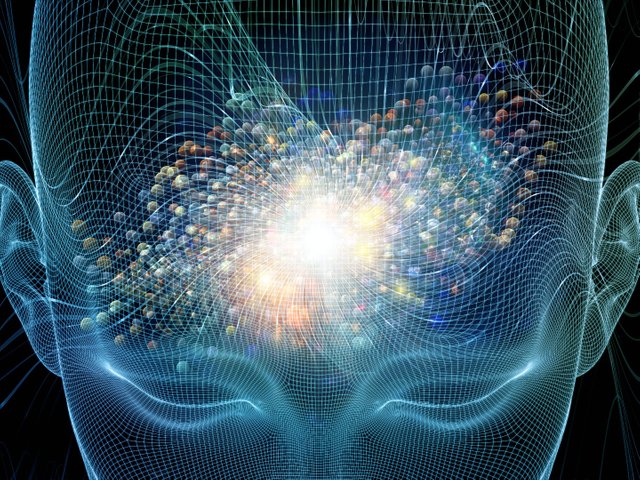
In relation to the simulated auditory stimulation the authors suggest that their results show that:
"the posterior and medial aspects of HG [hippocampus] within the left hemisphere but not the adjacent anterior and lateral components maintain frequency discrimination capacities long after death in EFA-fixed human brain tissue"
Unless I am misunderstanding this, they are suggesting that these areas of brain tissue are able to discriminate between different frequencies - i.e. that some kind of information processing is going on.
Frankly I don't understand the type of signal analysis which they performed to come to this conclusion.
Either way this is rather a shocking assertion and something which I will need a lot of evidence to believe (if I ever do).
Please take a look yourself - perhaps you can understand it better!
Discussion

The old saying "extraordinary claims require extraordinary evidence" comes to mind when I look at this.
Here the authors seem to be suggesting that their results are indicative of some ability of brain structures to continue to function after death if supplied with the appropriate neurotransmitters and a stimulus.
That really makes no sense to me at all. In order to function cells need energy. Where is the energy coming from here?
There is no blood. There are no nutrient solutions.
Further even if they had the right components, given that they are dead there is no functioning metabolic apparatus to make use of it.
How do we know that we are not just seeing some complicated chemical effect?
Perhaps the tissues in the experiment are behaving as an electrical circuit which is producing wave activity reminiscent of living brain waves.
Resembling something is not the same thing as actually doing it though.

You could probably rig together a few components on an electronic circuit board which puts out a similar pattern of waves.
That would not be the same as actually processing information and is certainly not approaching anything like being alive.
Further by some stretch of the imagination if this effect is real what does it mean?
As I stated earlier Persinger has been associated with some rather "fringe" beliefs.
On reading the paper one almost gets the impression that the authors are suggesting some level of consciousness.
Not only is that extraordinary but it raises some potential Dr. Frankenstein-type ethical issues too.
This is human brain tissue and if you truly believe this then how can you possibly experiment on it without some ethical discomfort?
Having even a small element of your consciousness trapped in this way to be experimented on sounds like a very good definition of hell.
I'm not too concerned though because in my personal opinion the evidence is as far from conclusive as you can get.
Problems
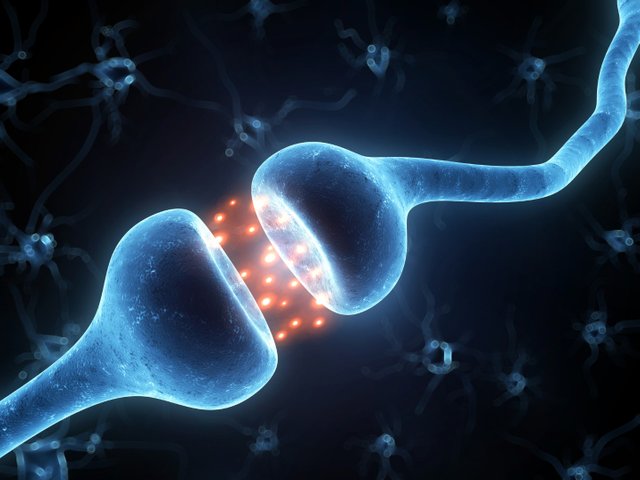
Anyway pushing aside the extreme claims here let's just look at the basics:
Sample Size
As often happens, the usual problems with medical research apply - the sample size was 7 specimens which is very small.
We would need to see if others can replicate any of these results.
Effect Size and Errors
One of my big concerns is the question of whether the measurements that were being taken were actually in any way corresponding with what one would see in a living brain.
How big was the effect - could there be some as yet unknown variable that was being measured and mistaken for brain activity?
The authors suggest that the electrical activity was small and [one assumes] not commensurate with a living brain - could the activity be some sort of artefact?
Was there any potential source of error here that may be giving the [false] appearance of activity where there is none?
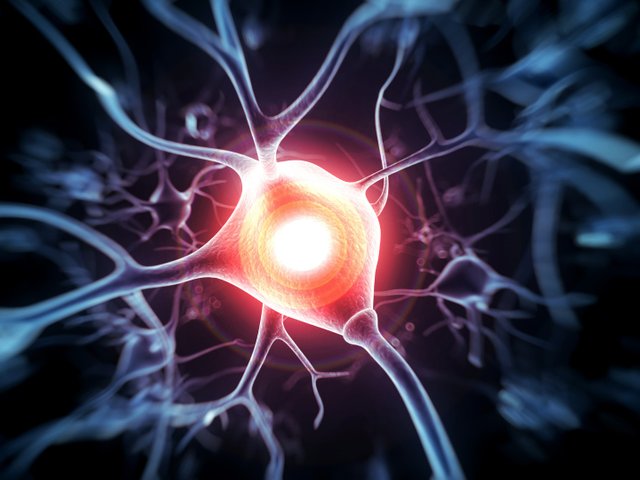
Experimental Methodology?
I do not have the experience or knowledge to really comment on the type of apparatus and measurements that were being used here.
For example I was not aware that neural tissue could spontaneously emit photons (on a measurable level) without some sort of special modification.
Opaque Writing
I also found this paper to be written in a way which was particularly opaque and hard to follow.
That is common in medical and scientific research but it really doesn't help when one is making such fantastical assertions.
Conclusion

This research seems to imply that dead brain tissue fixed using EFA still retains some functional capacity when exposed to simulated sounds in the presence of various neurotransmitters and substances.
Not only is the assertion highly fantastical but the way the paper is presented makes the information particularly hard to follow.
I will be interested to see if any of the findings here can be replicated by other independent teams.
I would also be interested in more expert scrutiny of the experimental methods as I am not really qualified to assess those so must apologise for my own stupidity/ignorance.
Personally I suspect that we will not hear anything further about this research as it just too far beyond the fringes of current thought.
That would be a shame though as no matter how extraordinary claims are they should still be thoroughly researched.
Further if there is some sort of real effect here that would raise some very profound ethical questions.
References
- Persinger, Michael A., Nicolas Rouleau, Nirosha J. Murugan, Lucas W. E. Tessaro, and Justin N. Costa. 2016. “When Is the Brain Dead? Living-Like Electrophysiological Responses and Photon Emissions from Applications of Neurotransmitters in Fixed Post-Mortem Human Brains.” PloS One 11 (12): e0167231.
Thank you for reading

Before you go have you filled in the Coinbase form to list STEEM? It only takes a few seconds. THIS POST shows you how.
If you like my work please follow me and check out my blog - @thecryptofiend
Uncredited Images are taken from my personal Thinkstock Photography account. More information can be provided on request.

Nice analysis.
I'd prefer to leap to the conclusion that this proves zombies are real though. ☺
Lol who knows? Maybe I am wrong and they have discovered some weird phenomenon here.
That's pretty odd indeed. I haven't a clue what could be the cause of the measured brain activity. I wonder if it really matters though..
If a car has ceased to function, with the engine completely broken down and the tires burnt out, does it matter that the steering wheel can still turn left and right? Without the rest of the car being in working order, the functionality of the steering wheel by itself is rendered redundant.
I feel this could apply to the brain. If one part of the hippocampus is able to process information to a minor degree, perhaps this amounts to nothing more than the perfectly working steering wheel on the defective car.
In saying that, I wonder if it could be possible to extract data from an expired brain.I believe that both the grey and the white matter remain intact after one passes on, so this should mean that the axons and the neuropathways are also retained.
If so, the entire neuro-network could potentially be mapped out using the correct technology. I'm not too sure what could be achieved by this though. I feel it would be like studying a holy book written in an ancient language that you are unable to decode without a cipher. Without knowing what each individual neuron meant to the host, you would not be able to make sense of what they or the links between them mean. Not without observing them in action at least, which would require life.
This has got me wondering whether a brain could be recycled though. If they are still able to process information whilst unplugged from a central nervous system, it would be interesting to see what happened when they were reconnected to a new host, perhaps even of an artificial nature.
I'm not really sure what I'm on about anymore. Lol. I often go off on a tangent on your posts, which is a great sign. You always get my mind working in overdrive. Or perhaps that was just the nicotine according to this study.. lol
Great points and I think the authors are kind of making a similar kind of argument although they go a little bit further.
I agree - it is interesting - I would need a lot more evidence to believe that this is actual function (no matter how basic) as opposed to some sort of artefact or error in the analysis.
The nearly all neurological functions are active processes and need energy to function - quite a lot of it in fact, that is why I find these results so hard to accept.
As for the questions of being able to read the information from a brain - I believe eventually it will be possible. Further I think with nanotechnology it is feasible to even restore function to dead neurons I just think we are quite some way away from that. Thanks for an awesome comment!
I'm picturing a floating brain in a jar hooked up to a computer now. Lol.
That would be awful. I would hope if they did it they would at least give you a new body (or repair the old one).
I was just messing around. I really don't think they ought to be fucking with that sort of shit. I think we have seen enough frankenscience already. Sooner or later it's going to back fire and go horribly wrong.
Great article...The older I get the more I question that ability among the living. I guess the metaphysically challenged have just as good a chance. I guess I'm just an old cynic! Your article does make some good points especially about auditory responses.
Thanks lol I think we all have impaired responses sometimes!
Something else of virtual life
Thanks for your skepticism. That paper is one of those which tempts the optimist to go hyperbolic over: I can see the cryonics folks going ga-ga over it. Same with the convergence folks and the life-extension crew.
I think even the most fervent enthusiasts will need something more definitive than this.
You give them too little credit ;-)
This is one of the most amazing things I have read in ages.
Quite honestly it does not encourage me to donate my brain to science when Im gone. lol!
It reminds me of that documentary by Adam Curtis "The way of Flesh" the strange story of The Immortal Life of Henrietta Lacks.
About this dead womans cells that just wont die
and help medical science even today.
Its seems we are still only just scratching the surface of medical science.
This one is creepy.
I wouldn't read to much into it though! The author conclusions are too far fetched in my opinion.
Hope youre right. That is the stuff of nightmares. Makes for a great film plot though. Like a scientific base for the zombie trend at the moment.
That was a real find.
Thanks:)